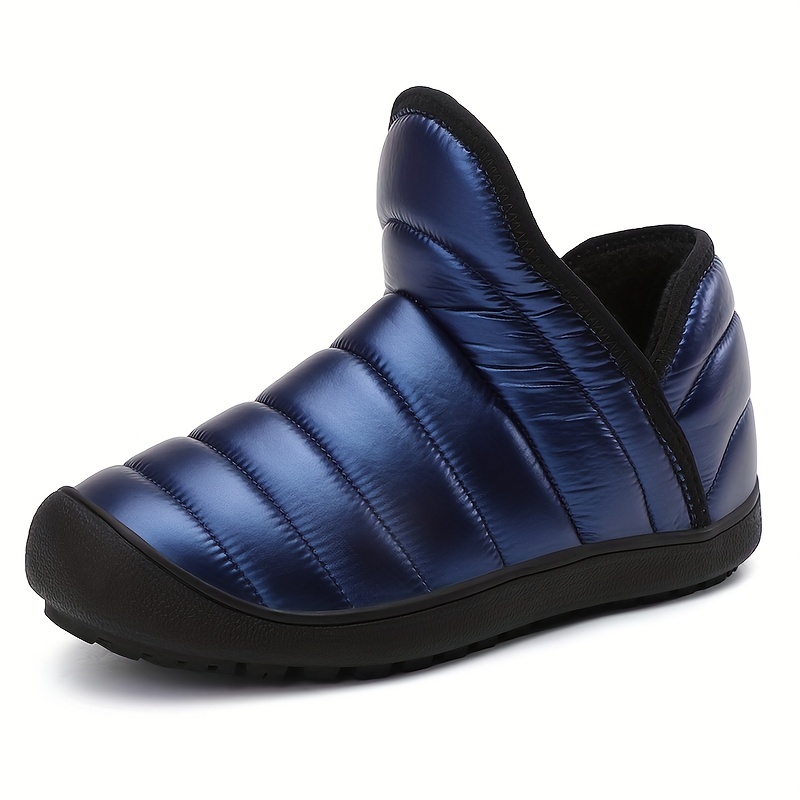5 Tips Insulated Boots

The importance of a good pair of boots cannot be overstated, especially when it comes to insulated boots. Whether you are an outdoor enthusiast, a worker in a cold climate, or just someone who wants to keep their feet warm during the cold winter months, insulated boots can be a lifesaver. Here are five tips to consider when looking for the perfect pair of insulated boots.
Firstly, consider the insulation type. There are several types of insulation used in boots, including Thinsulate, PrimaLoft, and down insulation. Thinsulate is a popular choice as it provides excellent warmth while being lightweight and breathable. PrimaLoft, on the other hand, is a synthetic insulation that is highly water-resistant and maintains its insulating properties even when wet. Down insulation, as the name suggests, uses the feathers of geese or ducks to provide excellent warmth, but it can lose its insulating properties when wet. Choosing the right insulation type depends on your specific needs and the activities you plan to use the boots for.
Secondly, look for a waterproof membrane. A waterproof membrane, such as Gore-Tex or eVent, can make a huge difference in keeping your feet dry and warm. This membrane prevents water from entering the boot while allowing moisture to escape, reducing the risk of blisters and discomfort. When combined with a good insulation, a waterproof membrane can provide unparalleled warmth and comfort.
Thirdly, check the temperature rating. Insulated boots often come with a temperature rating, which indicates the lowest temperature at which the boots can keep your feet warm. For example, a boot with a temperature rating of -20°C is suitable for use in extremely cold conditions, while a boot with a temperature rating of 0°C is better suited for milder winter conditions. Be sure to choose a boot with a temperature rating that matches your specific needs.
Fourthly, consider the boot’s breathability. While insulation is important, it’s also crucial to consider the boot’s breathability. A breathable boot allows moisture to escape, reducing the risk of blisters and discomfort. Look for boots with breathable materials, such as mesh panels or moisture-wicking linings, to keep your feet dry and comfortable.
Lastly, try them on. Insulated boots can be bulky, and it’s essential to try them on to ensure a comfortable fit. Make sure to wear the same type of socks you plan to wear with the boots and walk around to ensure the boots don’t rub or cause discomfort. A good fit is crucial to prevent blisters and ensure that the boots perform as expected.
In addition to these tips, it’s also important to consider the boot’s durability and maintenance requirements. Insulated boots can be a significant investment, and proper care can extend their lifespan. Look for boots with durable materials and construction, and follow the manufacturer’s maintenance instructions to keep your boots in good condition.
Pros of Insulated Boots
- Provide excellent warmth and comfort in cold conditions
- Waterproof membranes keep feet dry
- Breathable materials reduce the risk of blisters
Cons of Insulated Boots
- Can be bulky and heavy
- May lose insulating properties when wet
- Require proper maintenance to extend lifespan
In conclusion, insulated boots are a vital piece of gear for anyone who spends time outdoors in cold conditions. By considering the insulation type, waterproof membrane, temperature rating, breathability, and fit, you can find the perfect pair of boots to keep your feet warm and comfortable. Remember to try them on, consider the boot’s durability and maintenance requirements, and follow the manufacturer’s instructions to get the most out of your insulated boots.
What is the best insulation type for insulated boots?
+The best insulation type depends on your specific needs and activities. Thinsulate and PrimaLoft are popular choices for their excellent warmth and breathability, while down insulation provides excellent warmth but can lose its insulating properties when wet.
How do I care for my insulated boots?
+Follow the manufacturer's maintenance instructions to care for your insulated boots. This may include cleaning the boots with a soft brush and mild soap, applying a waterproofing treatment, and storing the boots in a dry place.
Can I wear insulated boots in wet conditions?
+Yes, many insulated boots come with waterproof membranes that can keep your feet dry in wet conditions. However, it's essential to choose a boot with a waterproof membrane and to follow the manufacturer's instructions for use in wet conditions.
By following these tips and considering your specific needs, you can find the perfect pair of insulated boots to keep your feet warm and comfortable in cold conditions. Remember to try them on, consider the boot’s durability and maintenance requirements, and follow the manufacturer’s instructions to get the most out of your insulated boots.



